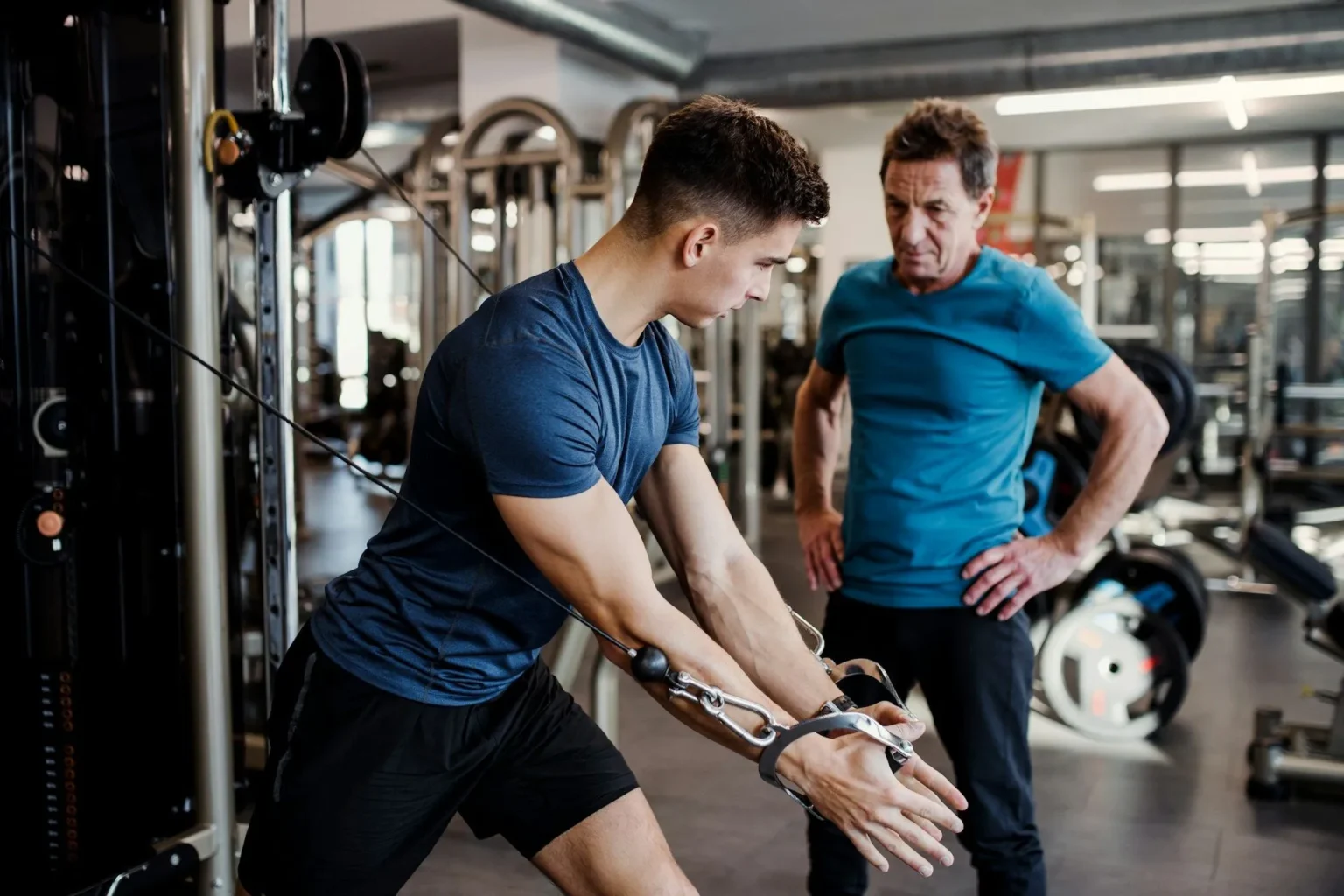Hiring a professional personal trainer can help you effectively achieve your fitness goals because of their tailored plans and guidance. Accessible personal training offers programs that adapt to the unique abilities, needs, and goals of each individual. Here are a few ways accessible training can make fitness easier and more inclusive for everyone:
Personalized Plans
A professional personal trainer will perform frequent, thorough evaluations of clients to understand their level of fitness, preferences, and lifestyle. This approach enables trainers to tailor fitness sessions, verifying that trainees progress safely and remain motivated. For clients recovering from knee injuries, a trainer might focus on low-impact exercises like stationary cycling or seated leg presses to build strength without stressing the joint. If a trainee has limited shoulder mobility, the trainer can adapt upper-body exercises. They may recommend using resistance bands or light dumbbells instead of heavy overhead lifts. By tailoring training programs to your fitness goals, weaknesses, and strengths, your progress becomes more effective and efficient.
Flexible Schedules
Personal training that prioritizes accessibility and flexibility allows you to schedule sessions around your various commitments, making it easier to maintain a consistent fitness routine. Flexible training options mean you can adjust your workouts to fit your work, school, or family schedule without feeling pressured or constrained. Trainers who focus on accessibility also tailor exercises to meet individual needs and abilities. They carefully evaluate fitness levels, making sure that every session is safe and enjoyable.
This approach makes personal training ideal for busy professionals, students with irregular class schedules, or parents balancing family responsibilities. By offering adaptable sessions, accessible personal training helps you stay motivated and maximize the value of each workout. You will also be able to integrate fitness seamlessly into your everyday life. It also encourages long-term commitment to health and wellness by removing barriers that often prevent people from sticking with their routines. With this level of flexibility and personalized attention, fitness becomes achievable for everyone, regardless of lifestyle, experience, or physical limitations.
Progress Tracking
Accessible personal training focuses on closely observing key aspects of each trainee’s health and activity, including:
- Weight
- Heart rate
- Step count
- Sleep patterns
- Calories burned
- Activity breakdown
By tracking these details, your trainer gains a clear understanding of your current fitness level and progress over time. This information allows them to design personalized training plans that match your abilities, goals, and lifestyle. Regular monitoring also helps your trainer adjust exercises and routines as needed. This will make sure that each session continues to challenge you appropriately while minimizing the risk of injury. With this hands-on, attentive approach, personal training becomes more responsive, adaptable, and effective. Your trainer will support steady improvements and help you stay motivated throughout your fitness journey.
Choose a Digital Personal Trainer Today
Accessible personal training can help you achieve your fitness goals quickly without compromising your daily schedule at home, work, or school. A professional trainer maintains consistent communication and tracks your progress to keep you accountable and motivated. Sign up for personal training with a trustworthy fitness studio to start your workout sessions.
